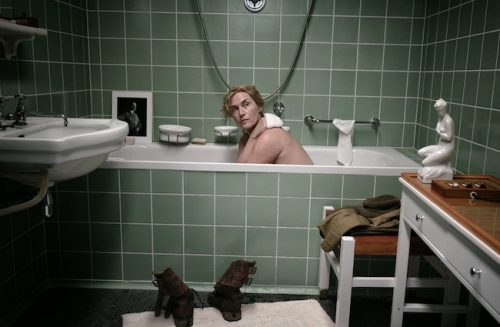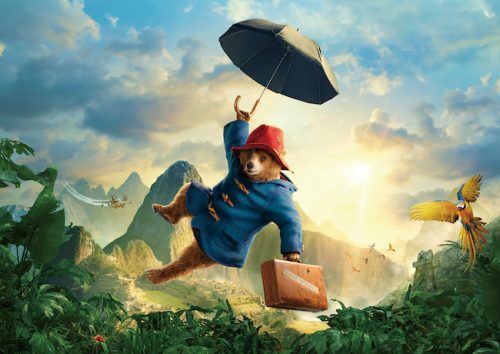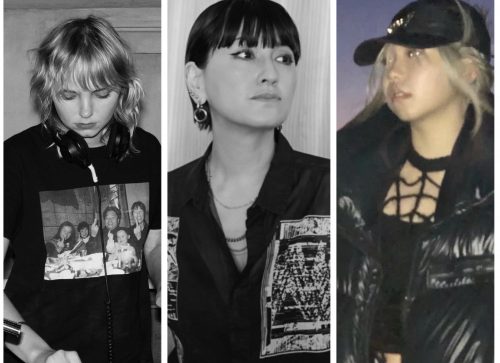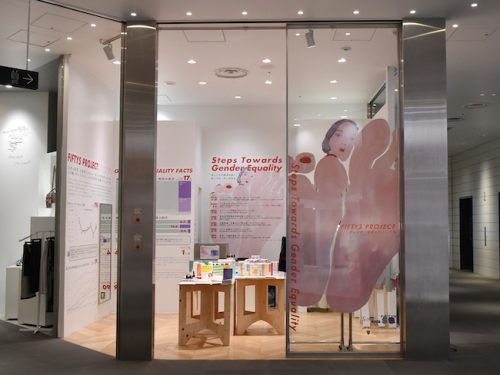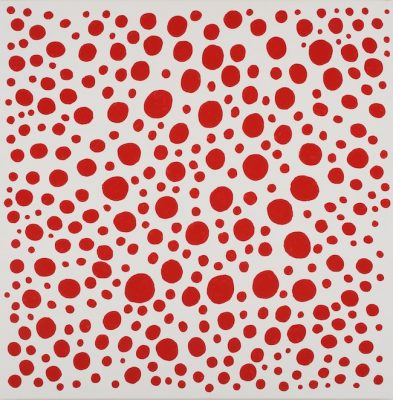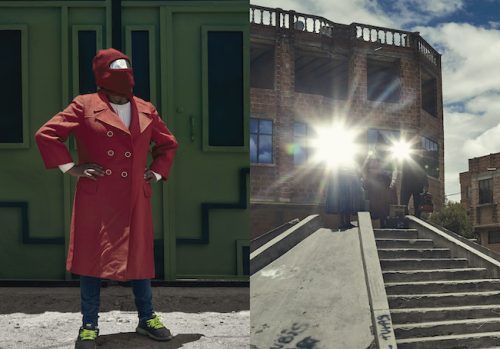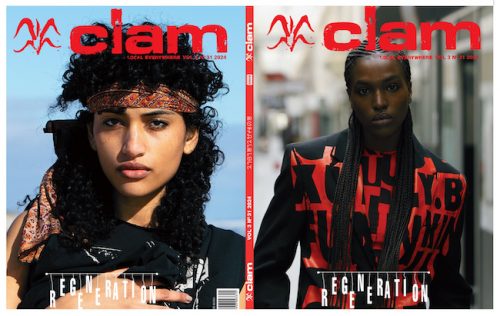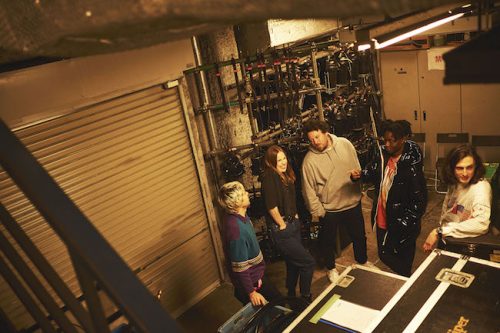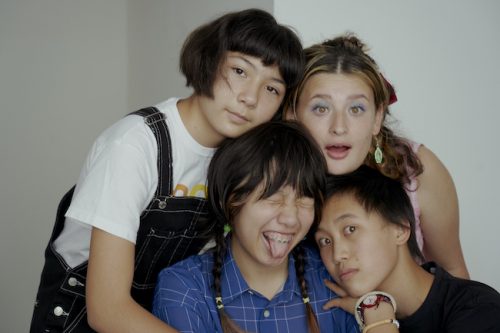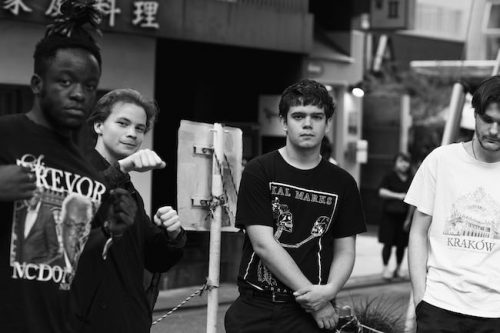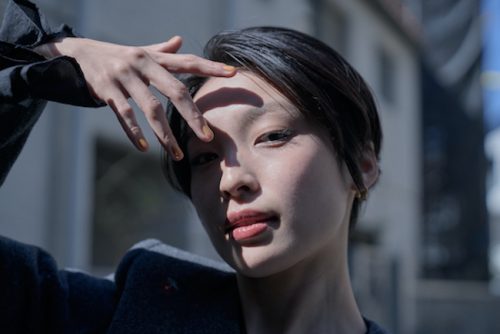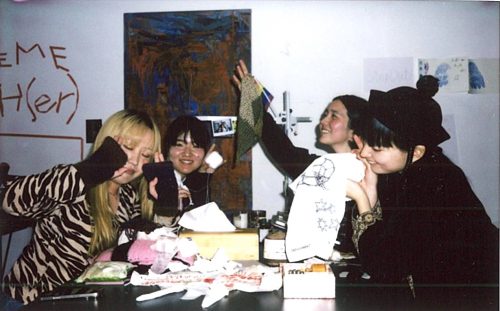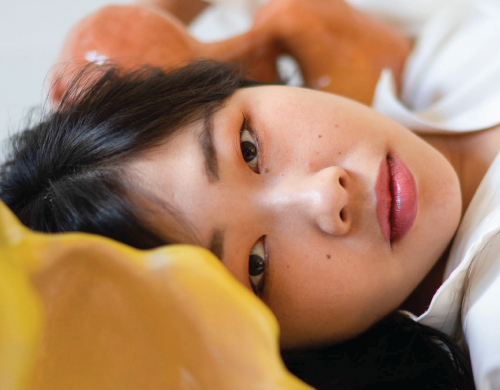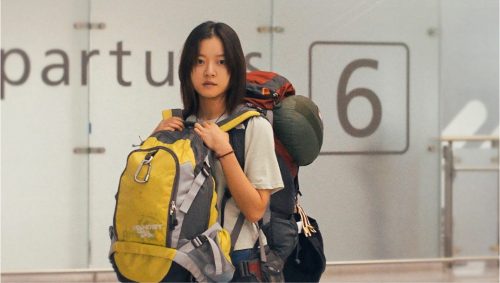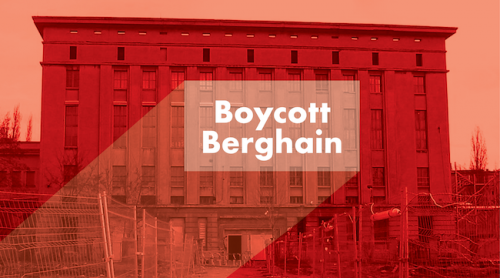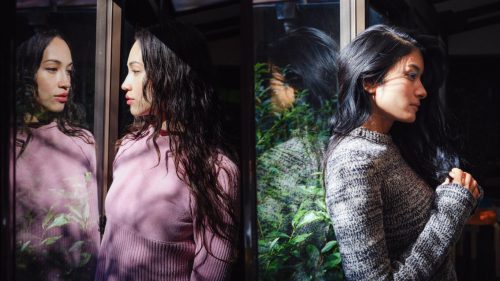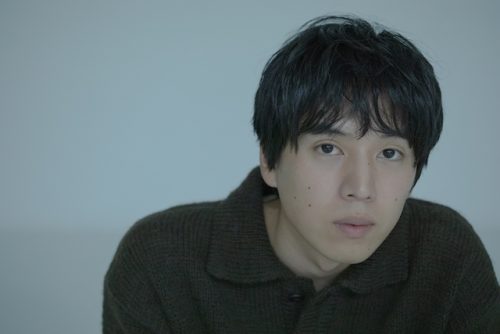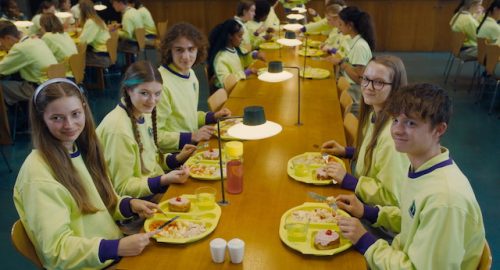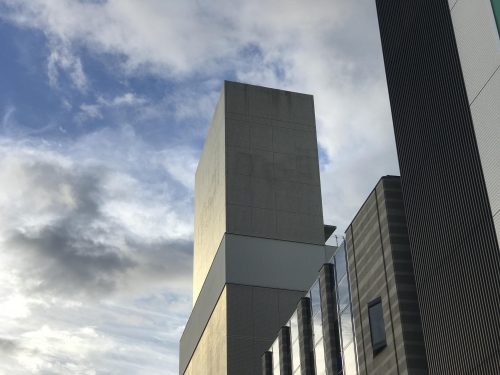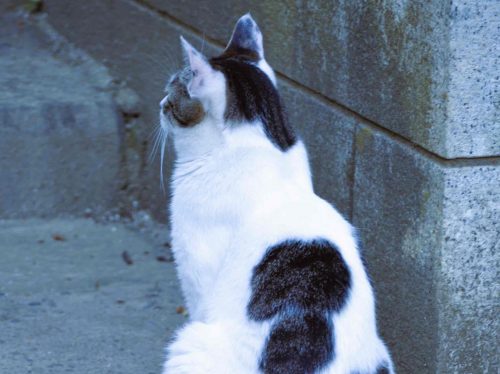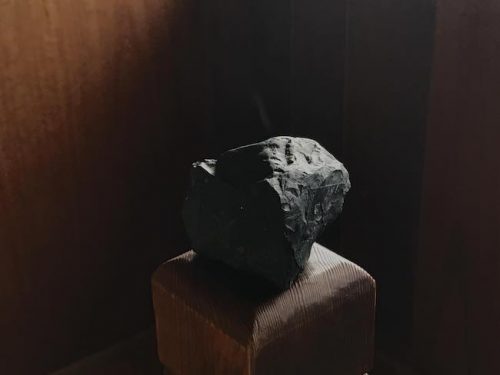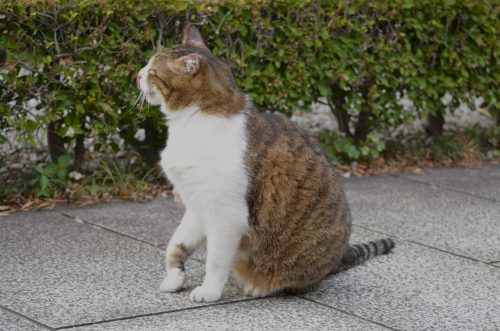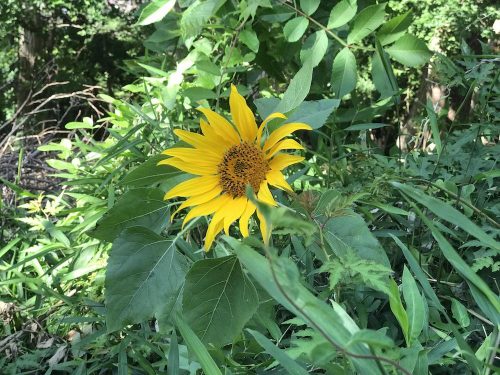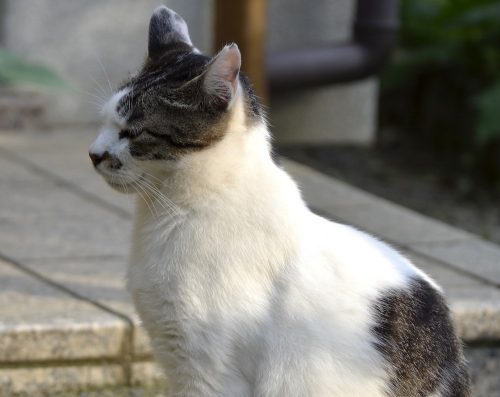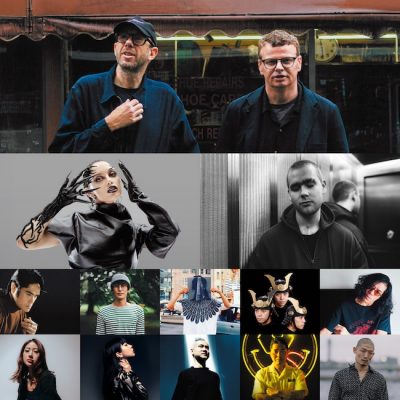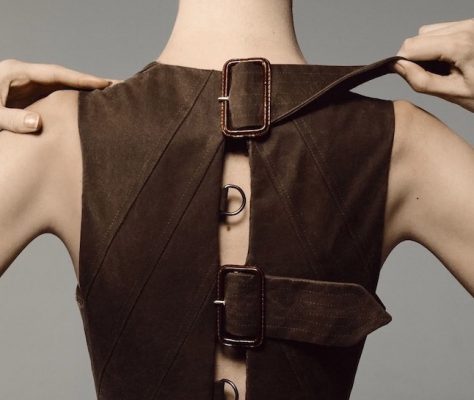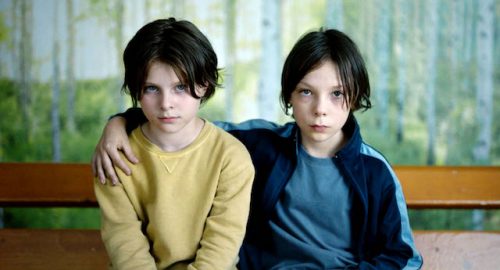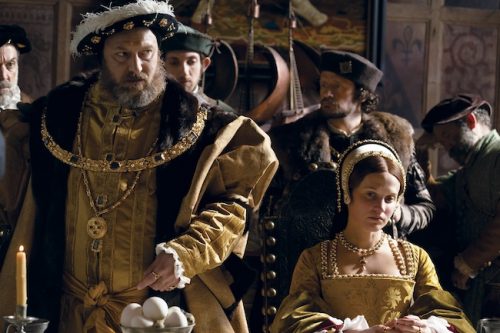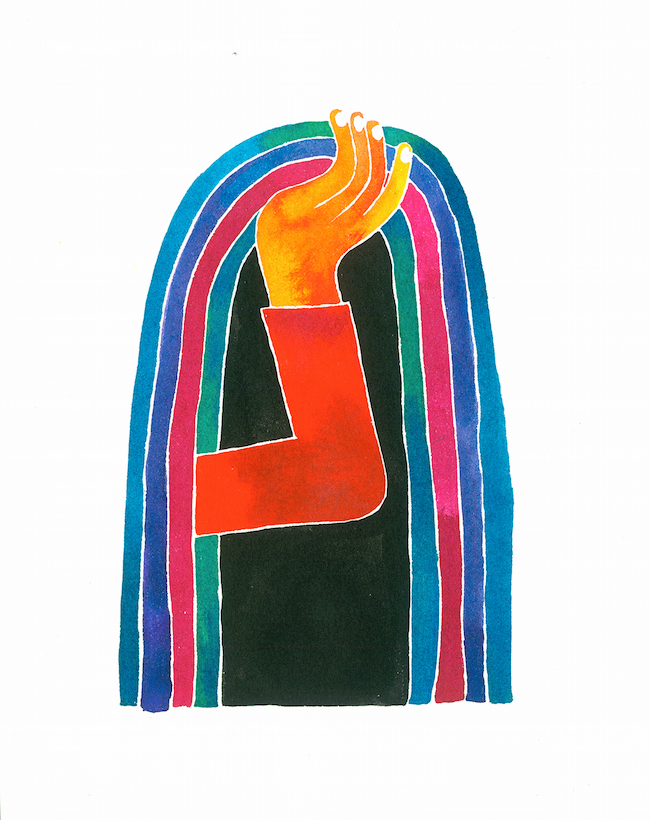
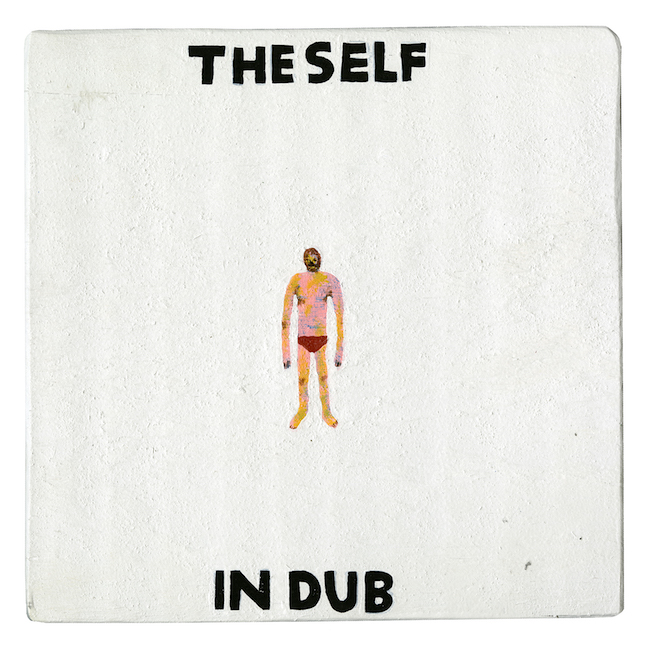
——First of all, could you tell us a bit about your background? Where are you from? How did you get into art?
Nathaniel Russell: I am from Indianapolis, Indiana. I got into art when I was very young. I was very into MAD magazine and newspaper comics, later I got into skateboarding and different kinds of music and all the different imagery that is so intertwined in those pursuits. I studied printmaking in college and I’ve been trying to keep making things ever since.
——What brought you to the Bay Area?
NR: I visited San Francisco with my dad when I was 10. He was on a business trip and I was able to explore Embarcadero Center and it really stuck with me. I always loved the music and art that came from there as well as all the movies I saw that were filmed there. It just felt really natural to want to live there.
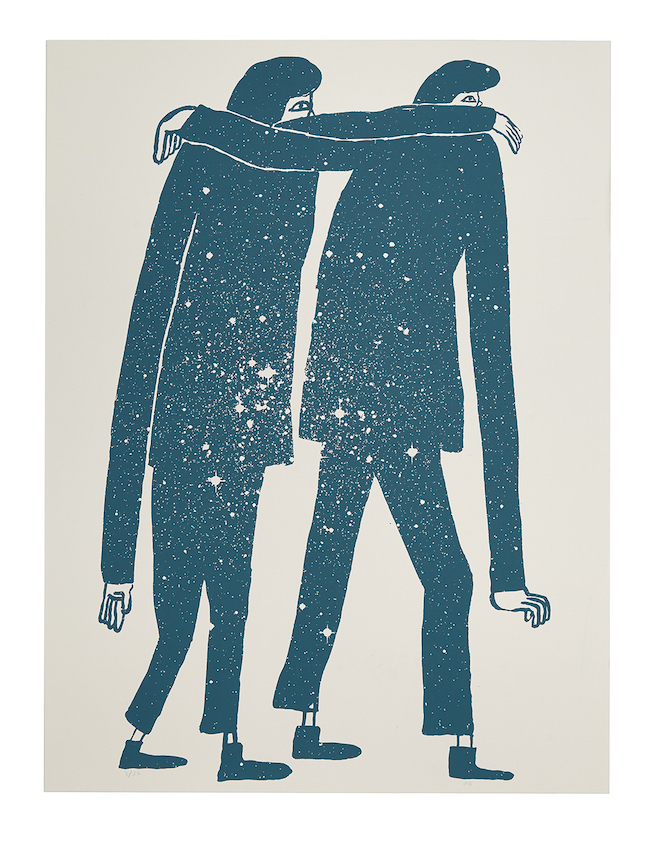
——What were some of your early inspirations for art?
NR: Early on, I was inspired by my uncle who drew a lot of cartoons and pen and ink renderings of barns and things like that. I really looked up to him. Later, it was through music and skateboard magazines that I saw artwork that resonated with me. My parents also exposed me to a lot, taking me to art museums every now and then and encouraging me to take classes.
——What is the art scene like in Indiana?
NR: Just like everyplace, there are a lot of different small scenes inside one big scene. The one I find myself working in seems to come from a similar place as the one in the Bay Area: very DIY, non-traditional, experimental but rooted in genuine feeling and experience.
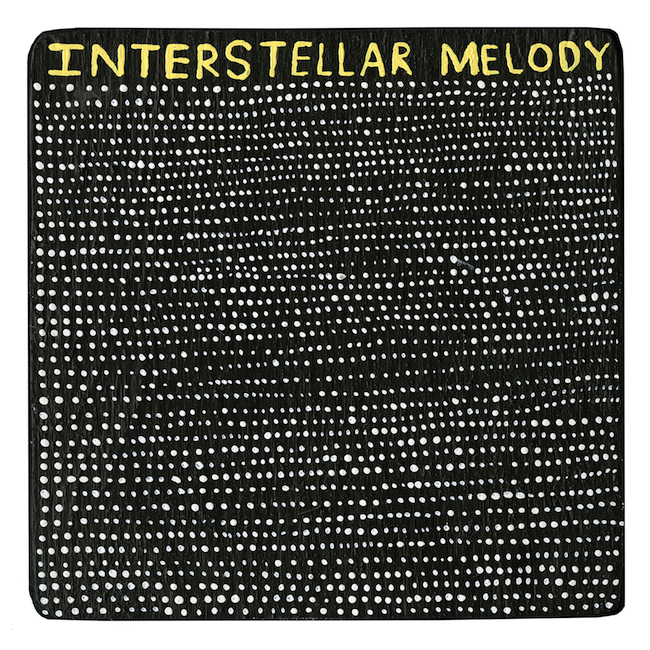
——You work on different mediums such as woodcuts, silk screens, paintings, murals, etc. Do you decide on the theme and the medium first? Or do you just start creating and a concept comes out of it?
NR: I usually just think of an image first and do a little sketch. Sometimes I try out different mediums to see what works best. Most of the time, though, I know I want to make a woodcut or a mural and I think of something for it specifically.
——Many of your pieces feature words/phrases that often make me chuckle. Where do these words come from? How important are they in your work?
NR: They come from my notebook I try to keep with me. They are very important to me and to the work. I think of them as poems and lyrics, and I also consider the shapes of the letters as forms. They are just as important as the image in my mind.
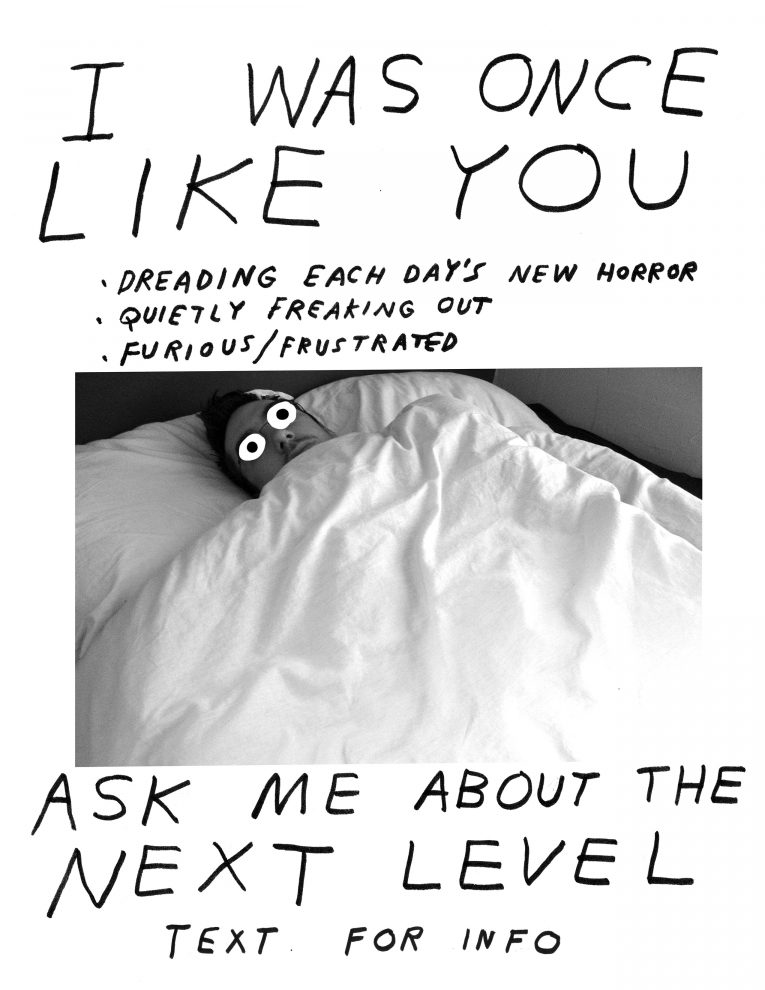
——How did the fake flyers series start?
NR: As a little project for myself. I had these ideas that I thought of as jokes, and I just wanted to make them real. And then I got more interested in it and people responded to them, so I made more and more and they continue to live on.
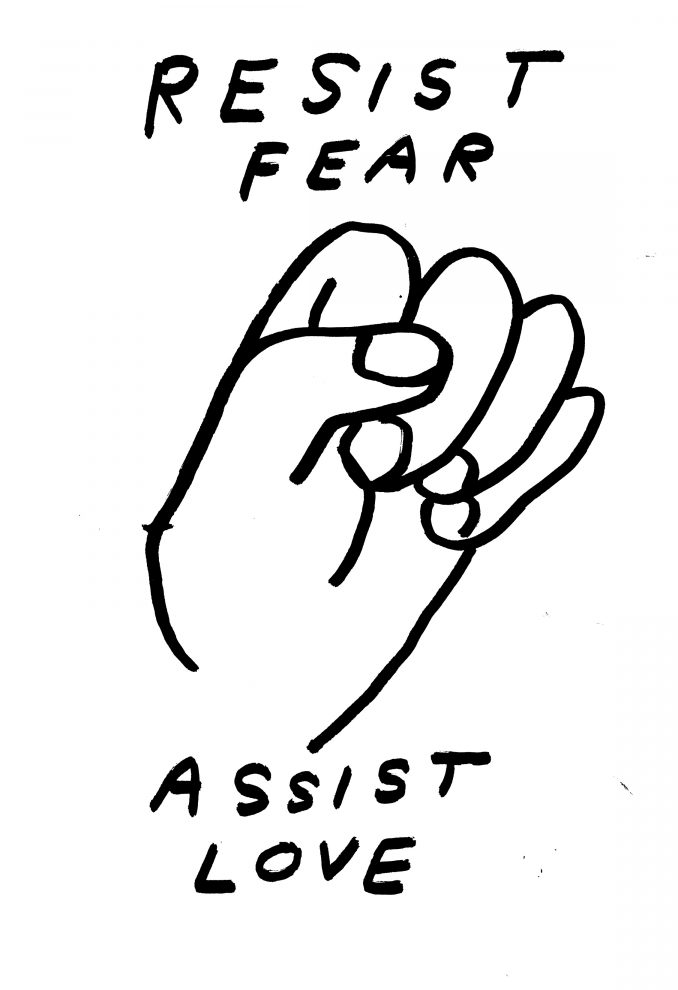
——Could you tell us why you made “Resist Fear / Assist Love” drawing?
NR: I made that drawing after Donald Trump was elected president. It wasn’t meant as a big statement or as some sort of solution. I just wanted to articulate some kind of feeling of how to move forward, even in an imperfect way, towards a more peaceful existence. It was made very quickly but I thought about the words a lot. It was very cool to see other people respond in a positive way to it. I’ve seen a few people get tattoos, I’ve seen it all over the world. It’s a great feeling.
——Your latest show in Tokyo (“False Music: Paintings About Records” at The Beach Gallery) was great! What motivated you to make paintings about records?
NR: The gallery owner Yasushi Ide actually had the idea for a whole show of fake records. I had included a few in a previous show and I’ve made them off and on for the past few years. He thought they would make for a great collection in his space. He encouraged me to do it and I like having an assignment or a project.
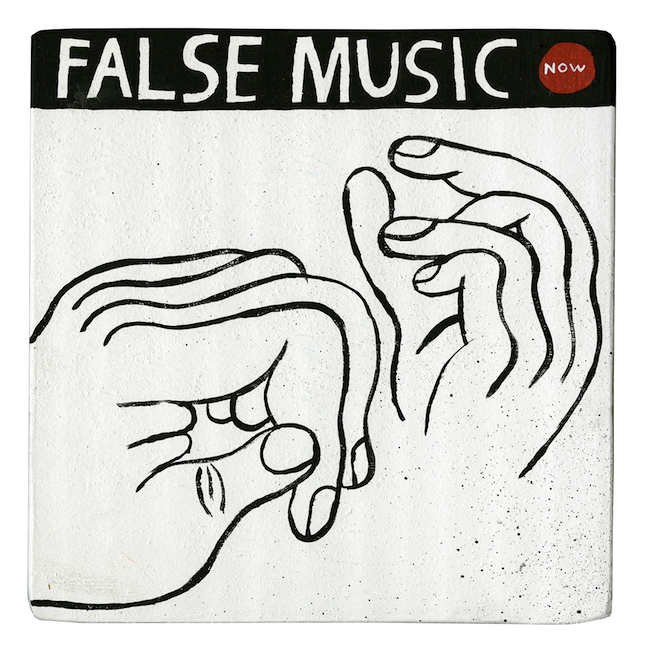
——Why did you decide to call it “False Music”?
NR: It’s called “False Music” because I like the way those words sounds. Its meaning is unclear but suggests a specific definition that is hidden from view. What isn’t music? I hope that people imagine what the music might sound like for each fake cover.
——You also made an actual record for the show. When did you start making music? How do you enjoy making music compare to making visual art?
NR: I started making music when I was 20. I forced myself to learn to play guitar and record music and eventually to write songs and sing. I used to keep the two things apart, but now I consider the music to be a natural component to my art practice. It comes from the same starting point. It’s word and image and sound and feeling to me. I like to use the same words in songs and paintings too.
——How was your stay in Japan this time? Did you get any inspirations?
NR: My stay was too short but I am always able to fill my time with a balance of work, inspiration and peaceful moments. I saw some concerts, I went to a few museums and I ate a lot of food. Most of the time when I travel, it’s nice to just have time to wander and get lost in my head. Good ideas come from that, usually.
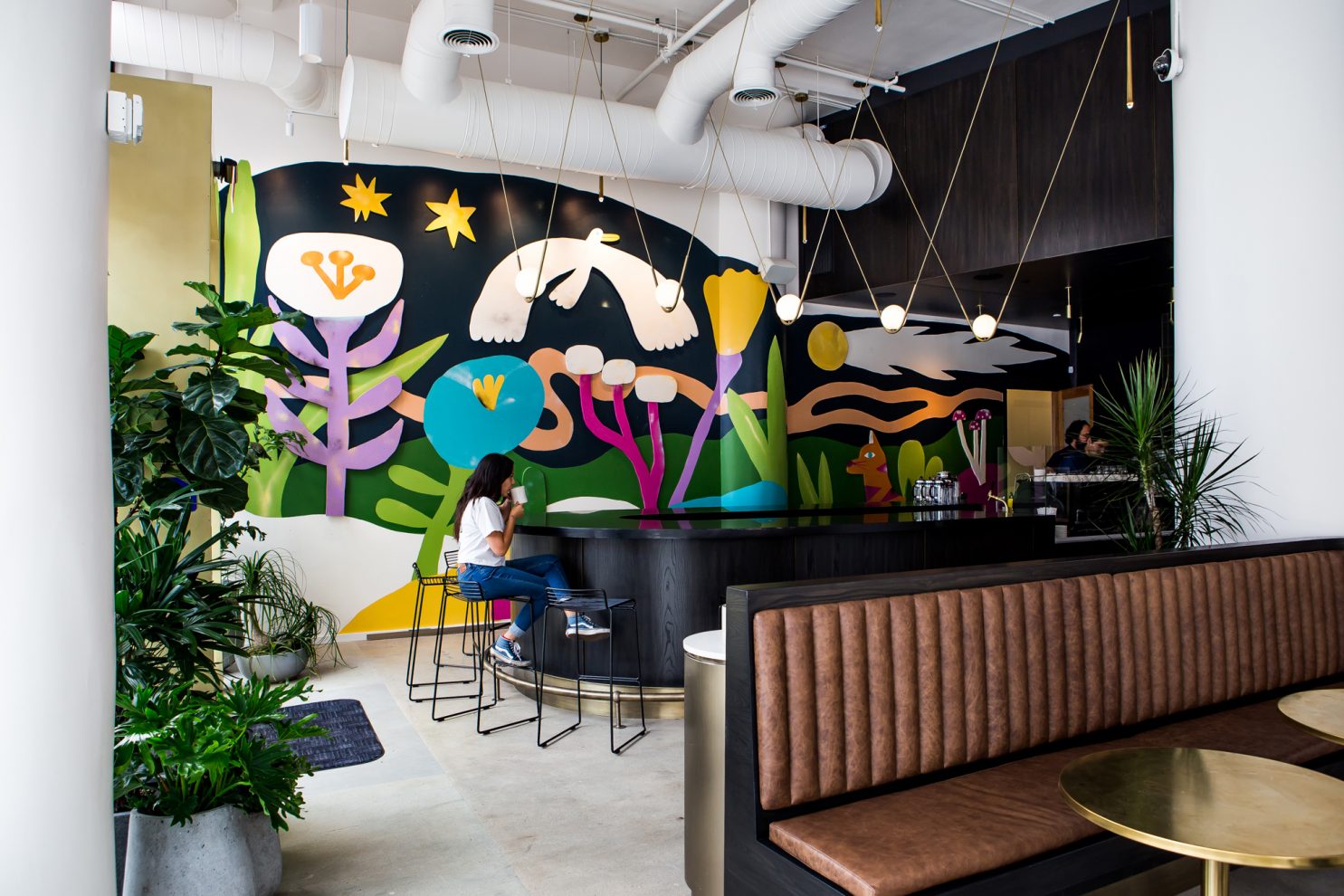
——Do you ever hit a creative wall? If you do, what would you do?
NR: I often feel uninspired or lazy or tired. But I keep a notebook of ideas and lists for these times, to spark some energy or to revisit something with a fresh perspective. If I really don’t feel anything, I use that time to pack boxes, clean the studio or do the more physical parts of the work like making frames or panels.
——Do you have any advice for young aspiring artists reading this?
NR: Just keep making things. All the time. And try to make things with you friends: art shows, music, projects. The ultimate reward of working in a creative way is all the friendships you make along the way. Making good work is great and rewarding, but having friends to spend time with that understand you and vice versa is a true gift. Try to go after experiences more than cash if you can.
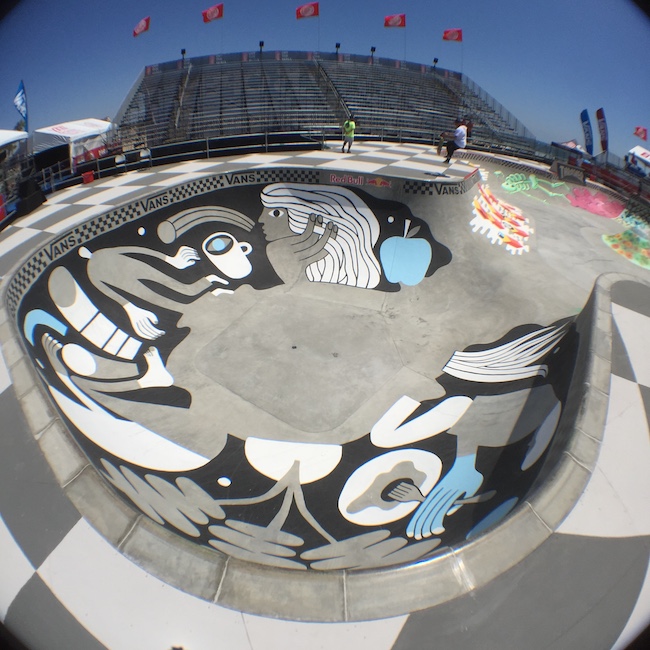
artwork Nathaniel Russell
text Nao Machida
Nathaniel Russell
http://nathanielrussell.com
https://www.instagram.com/nathanielrussell/
